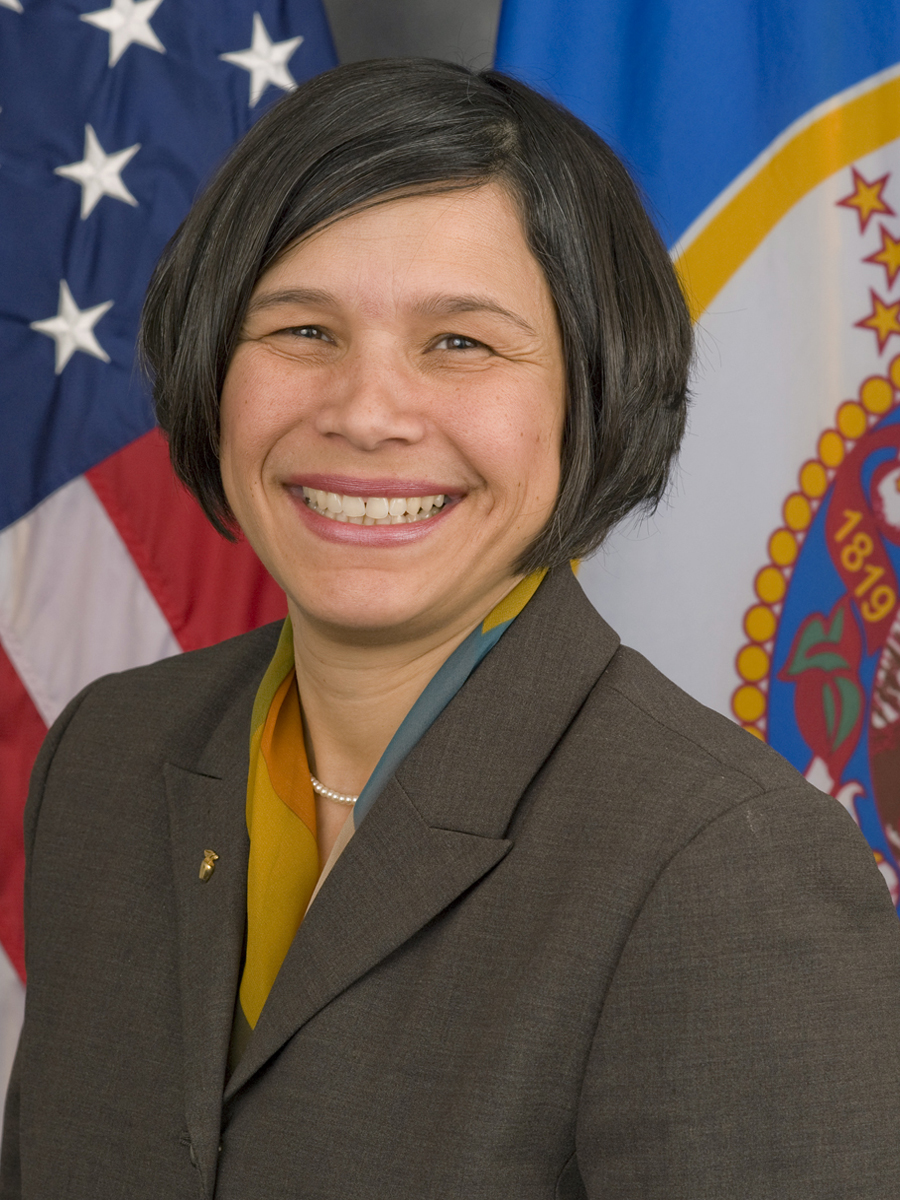State’s new voluntary pre-K said to serve over 10,000
Education at any level is about creating opportunities. It was no different Tuesday for the House Education Finance Committee when members reviewed the implementation of a voluntary pre-kindergarten pilot program.
“Pre-school [education] is something that should be prioritized above anything else,” said Rep. Paul Marquart (DFL-Dilworth).
It’s been a priority for Gov. Mark Dayton as well.
In 2011, he introduced the “Governor’s 7-Point Plan,” which included priorities to better fund early childhood education. In 2013, the World’s Best Workforce law provided specific goals, including all third-graders reading at their grade level. During the 2013-14 school year, Minnesota began offering all-day kindergarten, and funding for early childhood scholarships also increased.
“What’s important to note is that we’ve taken a mixed-delivery approach to offer choice for families,” said Education Commissioner Brenda Cassellius. “The goal is to access high-quality early learning programs.”
 Education Commissioner Brenda Cassellius
Education Commissioner Brenda CasselliusThe voluntary pre-K program began this school year with the purpose of preparing children for success as they enter kindergarten the following year. Goals include providing access to early learning programs for all 4-year-olds regardless of ability to pay, reduce achievement gaps, ensuring every child is ready to succeed, providing school-based choices for families and aligning services for English language learners and special education.
The 2016 Legislature allocated $25 million to school districts and charter schools to establish their program. The Department of Education received applications from over 184 school districts and charter schools, ultimately creating 260 sites, with funding for over 10,000 children. The current application window for school districts to apply for Fiscal Year 2018 funding is open until Jan. 31.
Funding allocation is determined by the overall percentage of state kindergarten enrollment: school districts located in the rural equity region (43 percent), other districts in the metropolitan equity region (40 percent), Minneapolis and St. Paul public school districts (10 percent) and approved charter schools (7 percent). Criteria within each group is based on the concentration of students eligible for free and reduced-price lunches.
Concerns were raised by members over how funds were specifically being spent, and how parents were being made aware of the program.
“Public programs are receiving a good awareness rating, but private programs are not,” said Rep. Sondra Erickson (R-Princeton). “I think it is shutting out the private programs who see students going to public ones.”
Cassellius said districts must submit assurance reports to the department to monitor standards and goals.
“We will continue to offer training to ensure that programs are high-quality for all children,” she said.
Related Articles
Search Session Daily
Advanced Search OptionsPriority Dailies
Speaker Emerita Melissa Hortman, husband killed in attack
By HPIS Staff House Speaker Emerita Melissa Hortman (DFL-Brooklyn Park) and her husband, Mark, were fatally shot in their home early Saturday morning.
Gov. Tim Walz announced the news dur...
House Speaker Emerita Melissa Hortman (DFL-Brooklyn Park) and her husband, Mark, were fatally shot in their home early Saturday morning.
Gov. Tim Walz announced the news dur...
Lawmakers deliver budget bills to governor's desk in one-day special session
By Mike Cook About that talk of needing all 21 hours left in a legislative day to complete a special session?
House members were more than up to the challenge Monday. Beginning at 10 a.m...
About that talk of needing all 21 hours left in a legislative day to complete a special session?
House members were more than up to the challenge Monday. Beginning at 10 a.m...